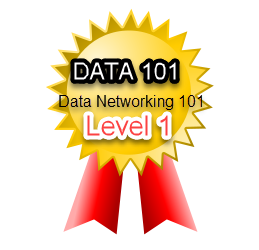 This course is an introduction to Data Networking principles and concepts. From understanding the layered model of communications and how TCP/IP fits that model, to understanding how TCP/IP packets are forwarded through the network. These basics are essential comprehension as to how the Internet and Ethernet technologies work together.
This course is an introduction to Data Networking principles and concepts. From understanding the layered model of communications and how TCP/IP fits that model, to understanding how TCP/IP packets are forwarded through the network. These basics are essential comprehension as to how the Internet and Ethernet technologies work together.
- Teacher: Andrew Walding
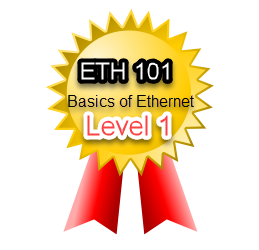 This course is an introduction to to Ethernet principles and concepts. From understanding the structure of Ethernet Frames, to understanding how Ethernet behaves, this course provides a solid understanding of Ethernet fundamentals.
This course is an introduction to to Ethernet principles and concepts. From understanding the structure of Ethernet Frames, to understanding how Ethernet behaves, this course provides a solid understanding of Ethernet fundamentals.
- Teacher: Andrew Walding
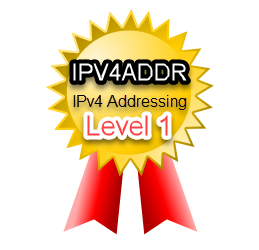 This course provides the essential knowledge and skills in handling IPv4 Addressing. Anyone working with the Internet has to understand the IPv4 Addressing schema, and the history of addressing changes that shape the way we use IPv4 in networks. From Classful, to Classless, Subnetting and Supernetting, the IPv4 addressing schema can be complex, but in this course we will provide you the tools and skills to quickly conquer this technology so you can put it to use in your daily activities.
This course provides the essential knowledge and skills in handling IPv4 Addressing. Anyone working with the Internet has to understand the IPv4 Addressing schema, and the history of addressing changes that shape the way we use IPv4 in networks. From Classful, to Classless, Subnetting and Supernetting, the IPv4 addressing schema can be complex, but in this course we will provide you the tools and skills to quickly conquer this technology so you can put it to use in your daily activities.
- Teacher: Andrew Walding
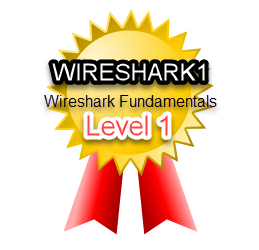 This Wireshark 101 course is a fast start to using Wireshark for packet analysis. Basic configuration and customization of capturing, displaying and environment is covered.
This Wireshark 101 course is a fast start to using Wireshark for packet analysis. Basic configuration and customization of capturing, displaying and environment is covered.
- Teacher: Andrew Walding
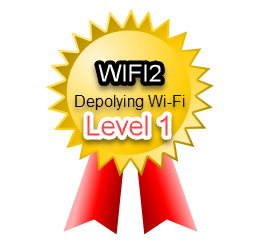 This course focuses on the getting the Wi-Fi network up and functioning. It takes you through the key steps in planning the deployment, selecting the frequency channel, and understanding the implications of the default configuration settings. This course will use various APs to demonstrate configurable Wi-Fi features and capabilities.
This course focuses on the getting the Wi-Fi network up and functioning. It takes you through the key steps in planning the deployment, selecting the frequency channel, and understanding the implications of the default configuration settings. This course will use various APs to demonstrate configurable Wi-Fi features and capabilities.
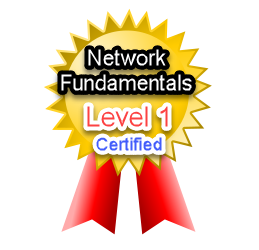 Network Science Certification Program v1
Network Science Certification Program v1 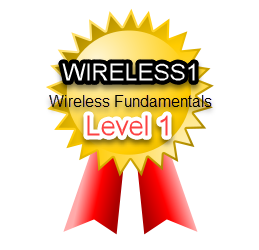 The concepts learned in this course provide students with a basis for understanding all wireless networks, including
The concepts learned in this course provide students with a basis for understanding all wireless networks, including 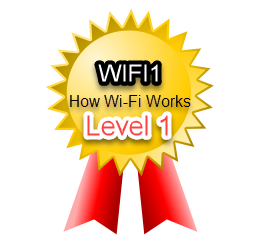 This course describes how a client connects to a
This course describes how a client connects to a